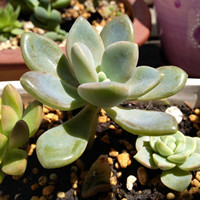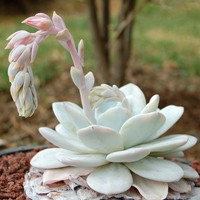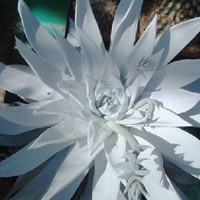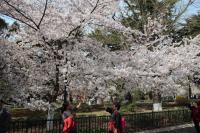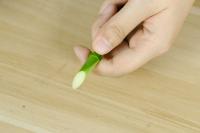Postanthesis dormancy
After flowering, the crab claw will enter a dormancy period, that is, dormancy after flowering, because at the time of flowering, the crab claw has consumed a lot of nutrients and vitality, and urgently needs to rest, so it needs dormancy
The first thing to do during the dormancy of crab claw is pruning, because when flowering, the plant consumes a lot of nutrients, and the stem may be soft or even wrinkled. At this time, the remaining residual flowers need to be pruned first, and then the stem nodes should be pruned appropriately
When pruning, cut off the thin and wilted stems and the stems with diseases and insect pests, so as to concentrate nutrients, better grow stem nodes and maintain ventilation and light transmission
After some pruning, the plant will be stronger and better for the next flowering
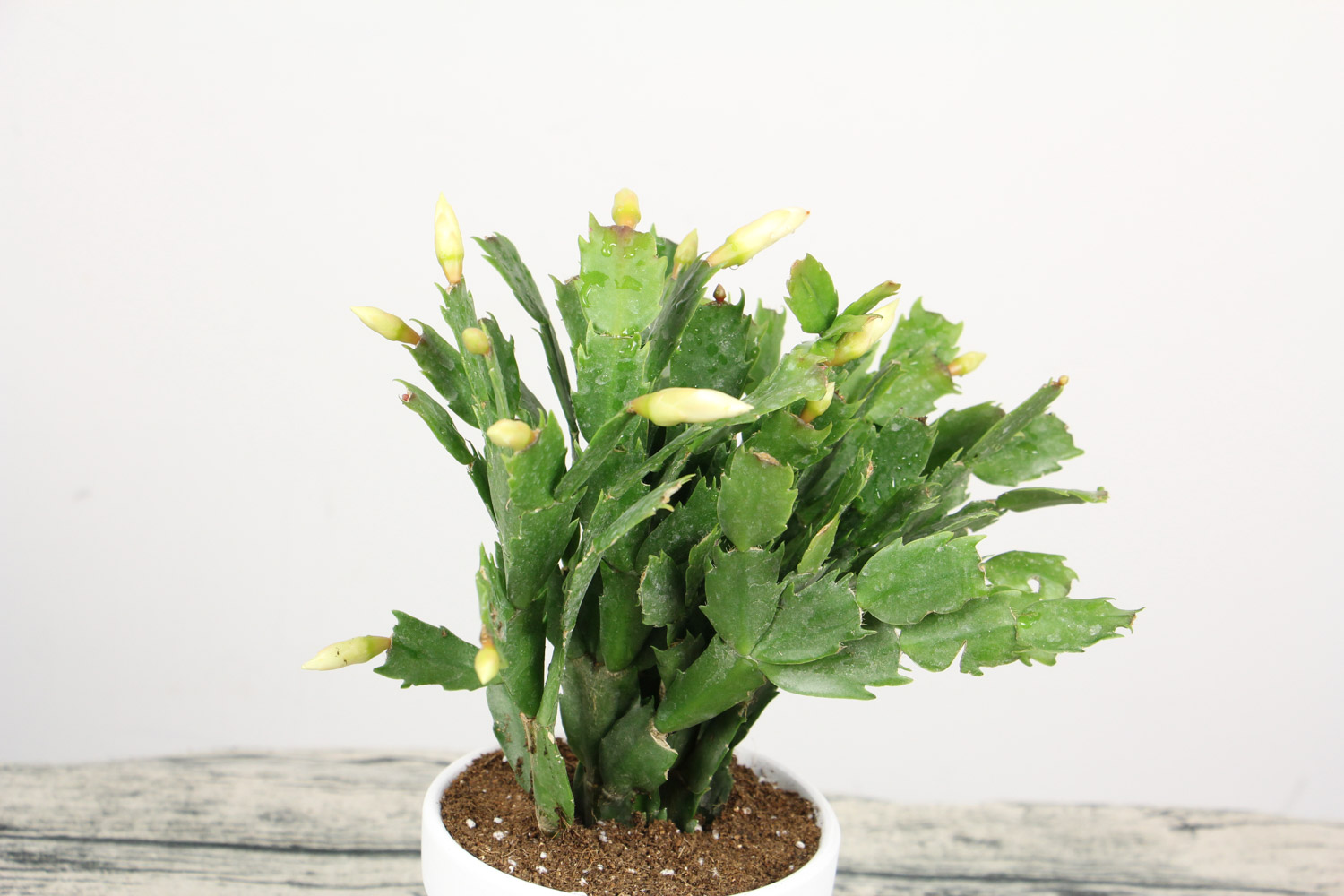
Change basin and soil
After flowering, the nutrients of crab claw pot soil have been almost consumed. At this time, because the plant has begun to dormant, you can change the pot and soil
Remove the soil from the pruned crab claw and trim the root system. You can cut off the rotten and aging roots, and then replace them with new soil with good air permeability and drainage, and add some base fertilizer to the soil. At this time, the pot can be used. If the plant has grown very large, a new pot can be used
After changing the basin again, the crab claw orchid can be maintained in a place with sufficient light, and ventilation should be maintained. After the dormancy period, the crab claw can grow normally

Next flowering
Generally, after the crab claw orchid blooms, it needs to be ready for the next flowering
After the dormancy period after flowering has passed, the crab claw can grow again. It needs to ensure appropriate light temperature and sufficient water and fertilizer. In autumn, it is necessary to ensure its vigorous growth, so as to lay a good foundation for the next flowering
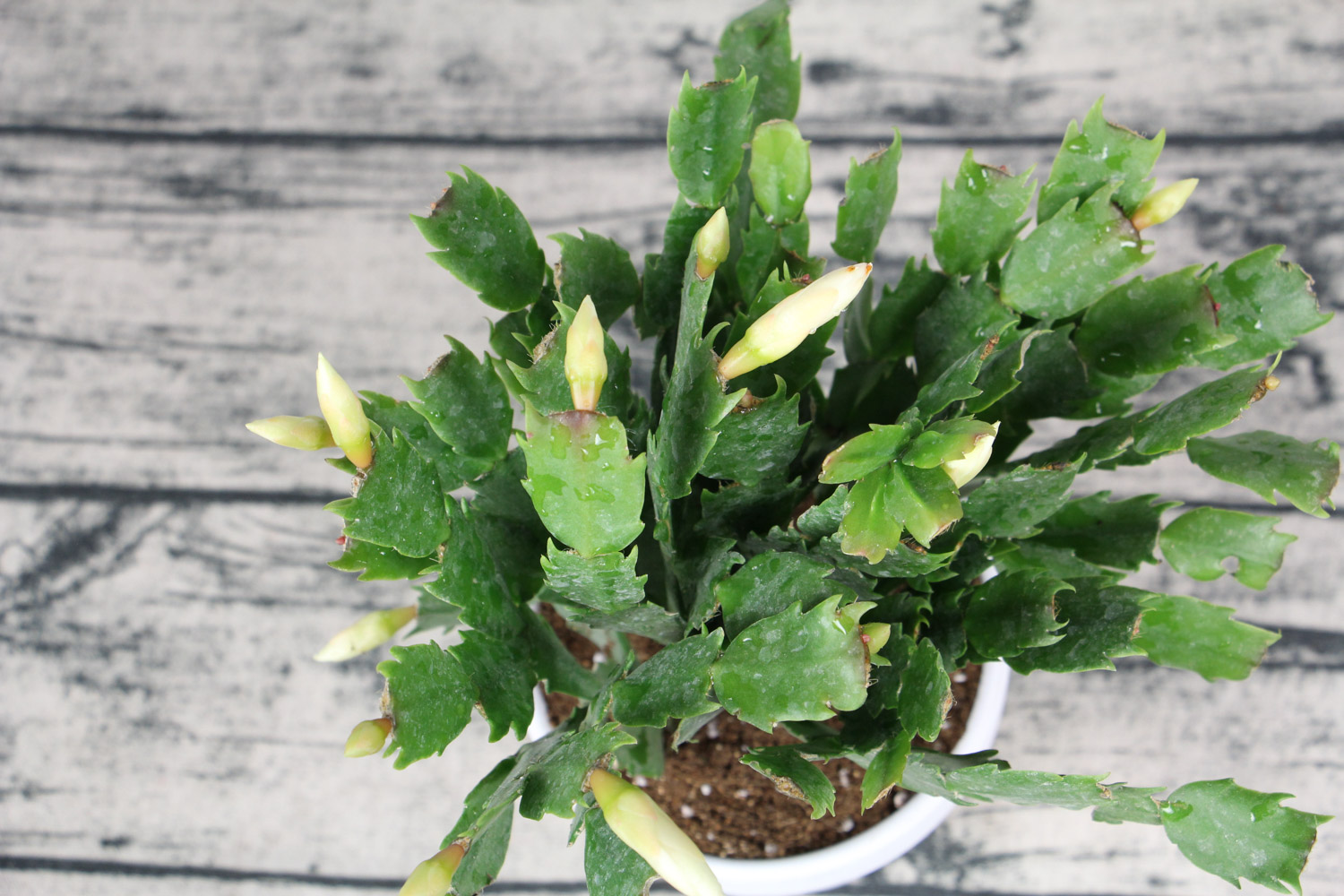

 how many times do yo...
how many times do yo... how many planted tre...
how many planted tre...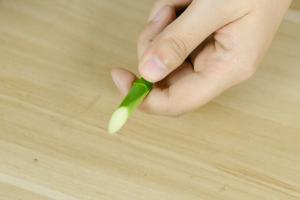 how many pine trees ...
how many pine trees ... how many pecan trees...
how many pecan trees... how many plants comp...
how many plants comp... how many plants can ...
how many plants can ... how many plants and ...
how many plants and ... how many pepper plan...
how many pepper plan...


















